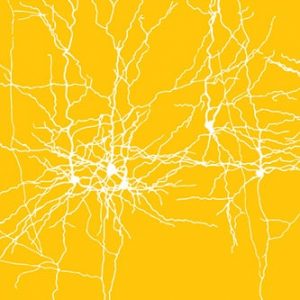ELSC Heller Lecture Series
Home » Heller Lecture Series » A Critique of Pure Vision
Heller Lecture Series in Computational Neuroscience
Terrence J. Sejnowski
Head of the Computational Neurobiology Laboratory The Salk Institute for Biological Studies, San Diego California - USA

On the topic of:
A Critique of Pure Vision
Vision is easy – or so it seems. Objects appear to us to be nicely segmented, in high resolution, easy to identify and grasp, but the reality is quite different Although computers are trillions of times faster than they were 50 years ago, they can’t see very well, nor do we have robots running around. I will argue that we have been trying to solve the wrong problem and that nature has evolved a visual system that represents the world in a utilitarian way, based on constraints from the motor system and learnability. In 2005 the DARPA Grand Challenge autonomous vehicle race across the Mojave Desert was won by a team from Stanford that used this strategy.
When
Where

